#60 in Vietnam
Bánh Bột Lọc: Basic Information
Pronunciation
Alternative Name(s)
Dish Type
Course
Mealtime
Popular Bánh Bột Lọc Variations

Bánh Bột Lọc Lá

Bánh Bột Lọc Trần
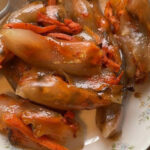
Bánh Bột Lọc Chay
Bánh Bột Lọc: Ingredients and Preparation
Main Ingredients
Main Cooking Method
Preparation Process
Bánh Bột Lọc: A Deep Dive
Cultural Significance
Taste
Texture
Aroma
Color
Serving Style
Serving Temperature
Accompaniment
Occasions
Seasons
Special Diets
Calories
Popularity
Popular Similar Dishes
- Soon Kueh
- Har Gow
- Saku Sai Moo
Popular Dining Area
Bánh bột lọc is a version of a Vietnamese steamed or boiled dumpling coming from Hue, but the outer dough layer is made from tapioca flour.
They usually have a transparent look, allowing people to peek into the filling of minced meat and little shrimp.
Thanks to the tapioca base, bánh bột lọc possesses a relatively chewy texture and a shiny appearance because of the addition of oil to help make it less sticky.
When served, these traditional sticky delicacies are soaked or dipped into a fish sauce mixture (nước mắm tỏi ớt).
Generally, when bánh bột lọc is wrapped with a banana leaf, it’s called bánh bột lọc lá while the version without the leaves is called bánh bột lọc trần (clear flour cake bare).
Alternatively, Vietnamese have a vegan version of bánh bột lọc featuring mung bean as the main filling.
After cooking, people will run bánh bột lọc through cold water to cease the cooking process and help the dough get a sticky and chewy texture before serving as a street food delicacy.
Discover more about the various forms of bánh bột lọc along with the benefits and drawbacks of this chewy treat. Then, make sure to uncover the common inquiries and dishes that are just like bánh bột lọc.
Key Points
Bánh Bột Lọc Images
What Are the Variants of Bánh Bột Lọc?
In Vietnam, bánh bột lọc versions vary differently depending on the fillings. However, they are usually available in three popular forms:
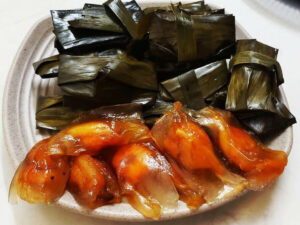
Bánh Bột Lọc Lá
Wrapped in banana leaf, giving it a distinct flavor and aroma from the leaf during the steaming process

Bánh Bột Lọc Chay
A vegetarian version, utilizing mung beans or other plant-based fillings in place of meat and shrimp
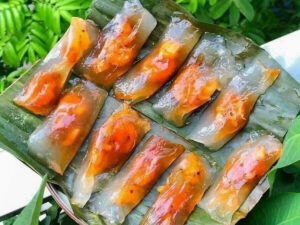
Bánh Bột Lọc Trần
Served without a banana leaf wrap, often enjoyed with a dipping sauce and garnished with scallions and crispy shallots
Knowing about bánh bột lọc variants is great, but you should also expand your understanding of this treat by learning about the benefits and drawbacks of having this chewy dumpling.
Pros and Cons of Eating Bánh Bột Lọc
Bánh bột lọc is undoubtedly a beloved snack in Vietnam, but you should be aware of the positive and negative effects that these dumplings have:
Pros
Cons
While bánh bột lọc is a delightful indulgence considering its advantages and drawbacks can help you enjoy it stress-free. Now, let’s delve into some usual concerns to further explore the nuances of this unique dish.



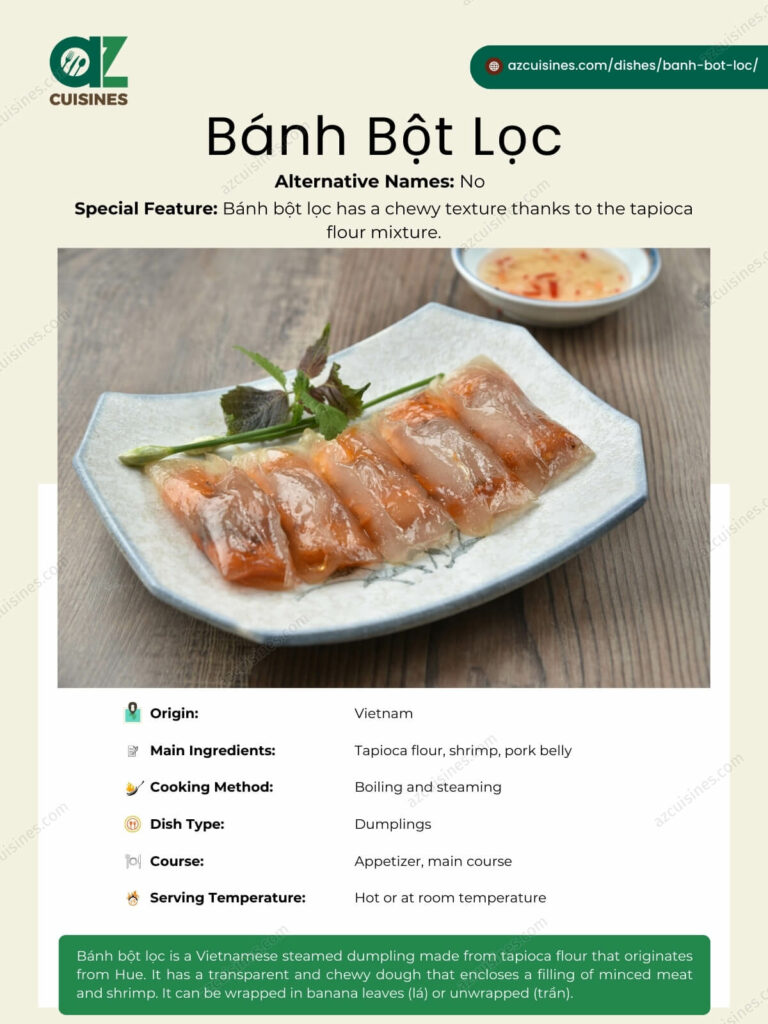
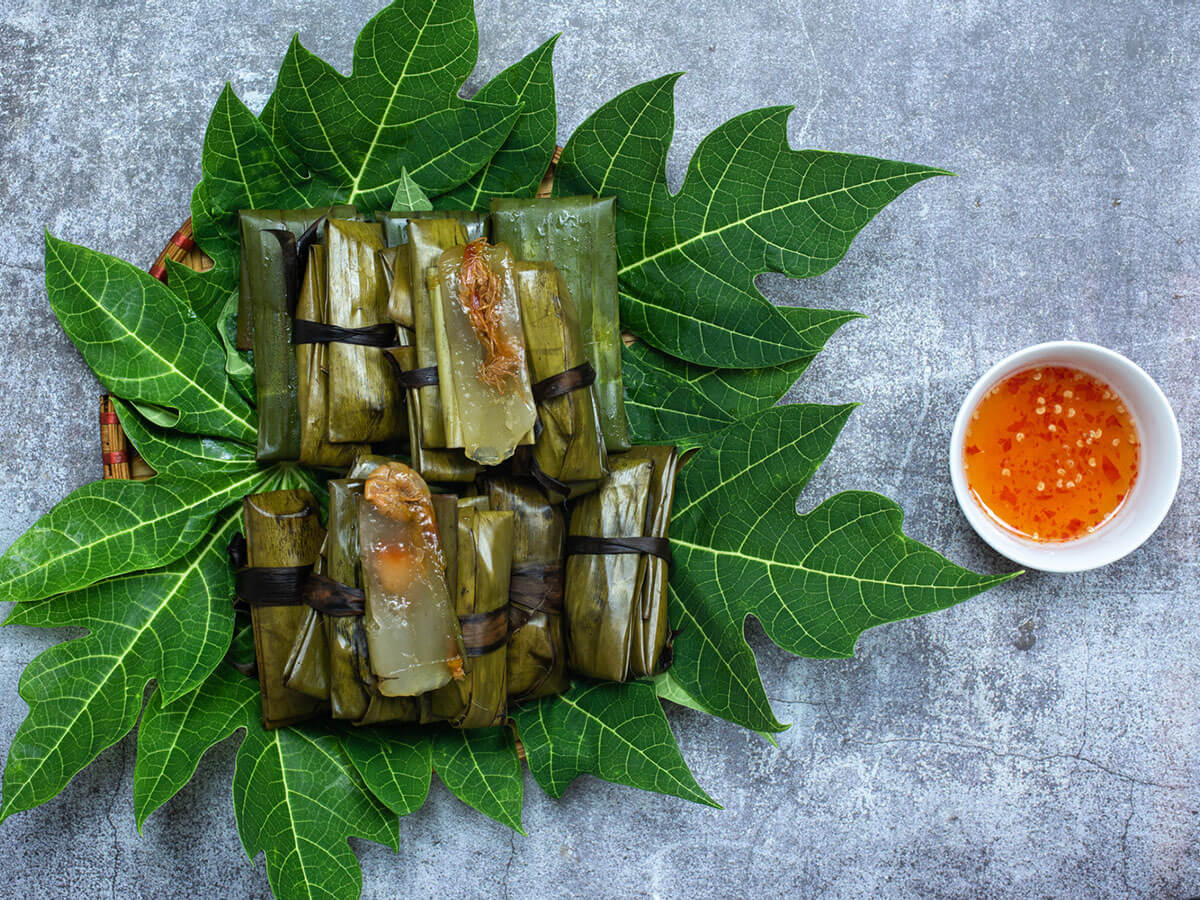
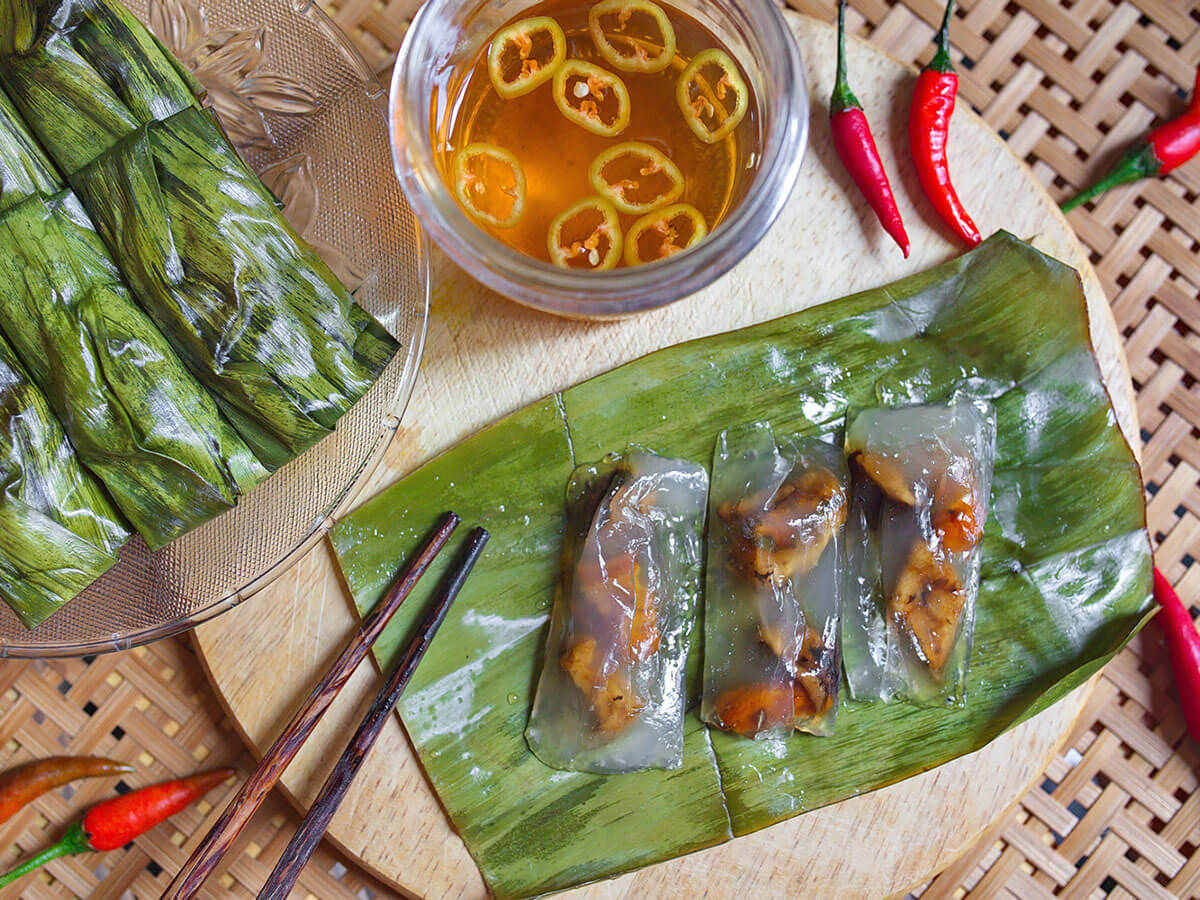
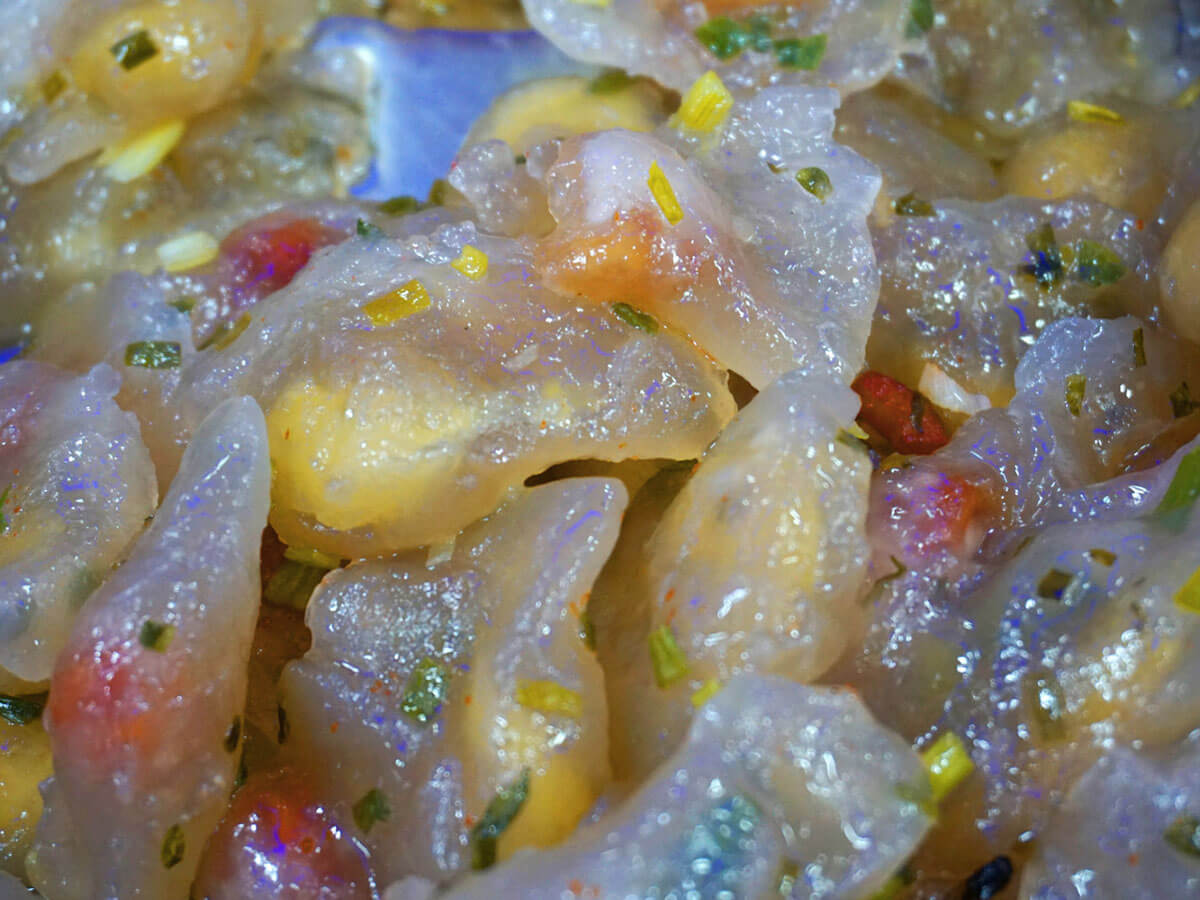
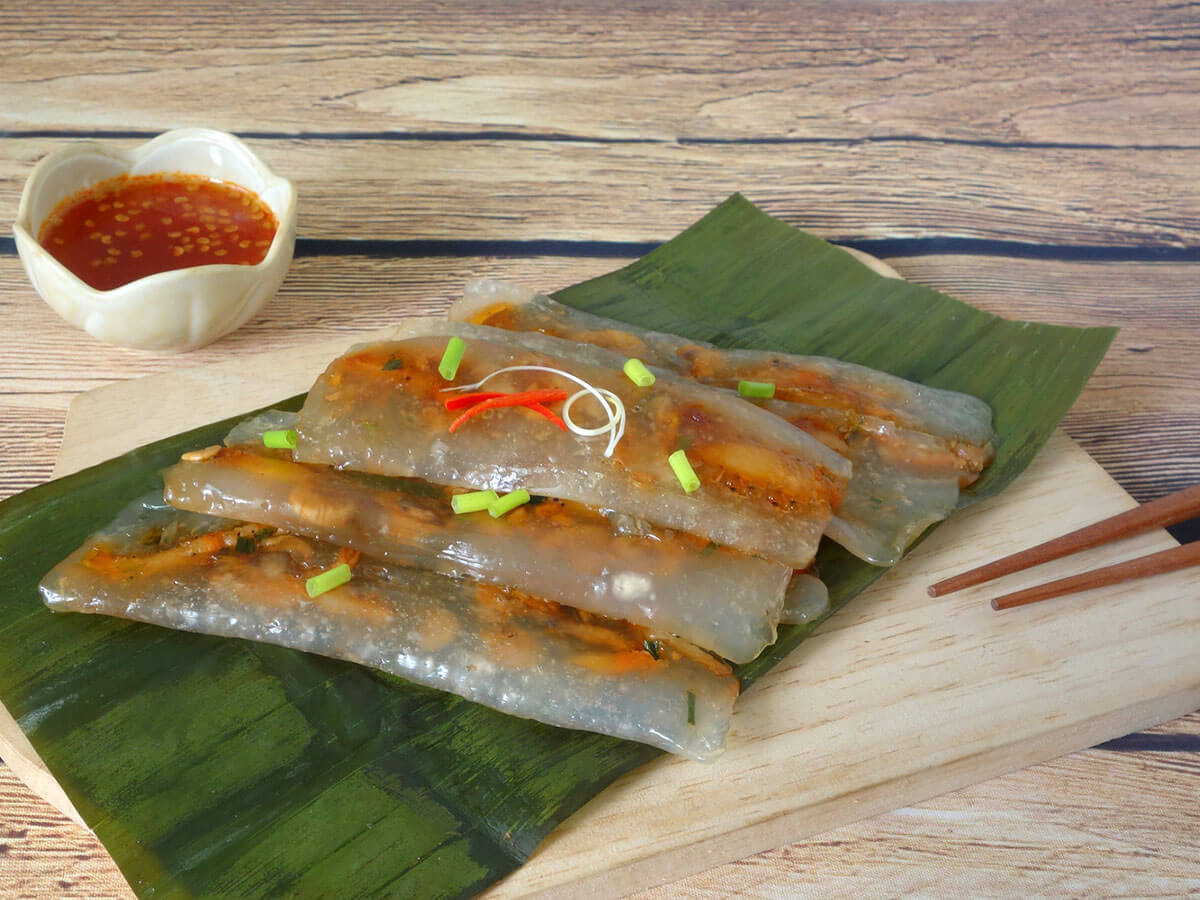

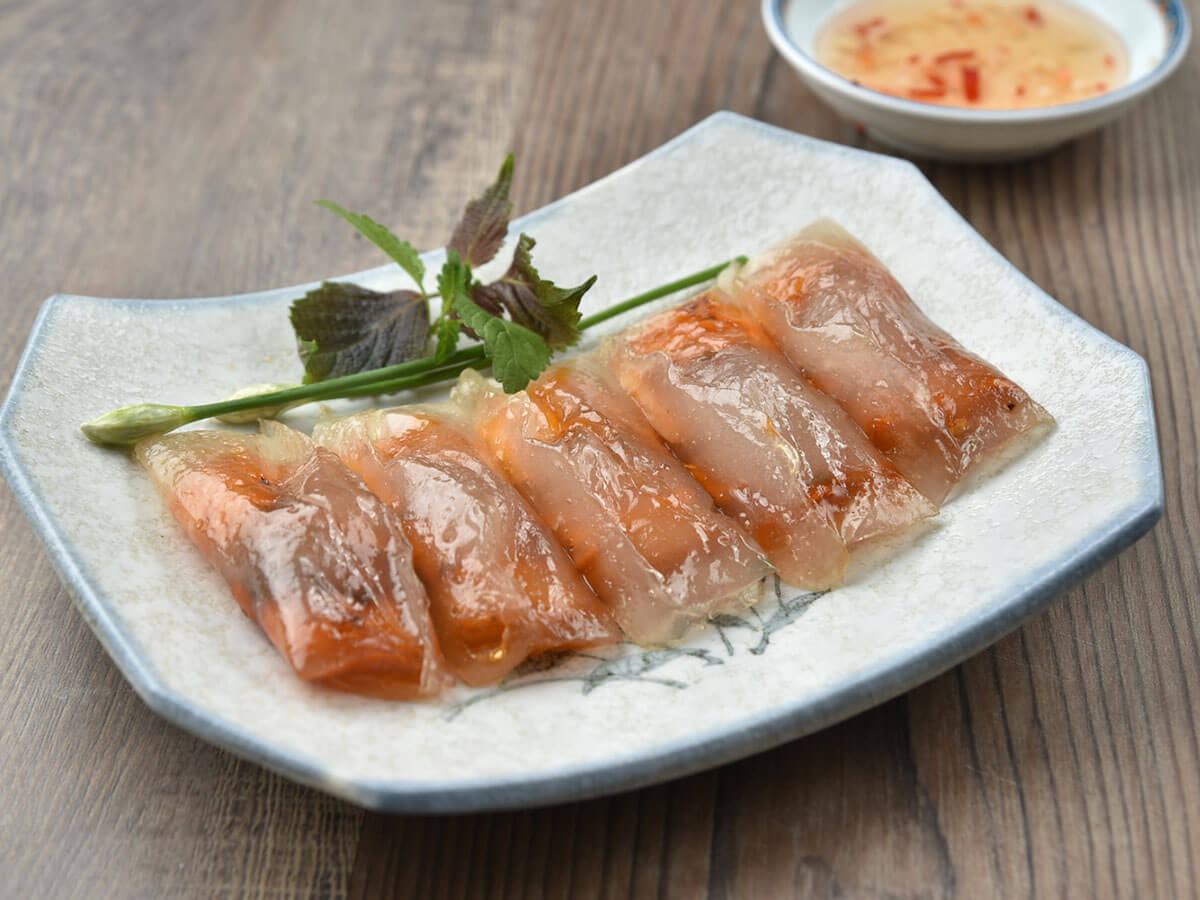
Truc Tran (Kris)
Senior Food Editor
Expertise
Home Cooking, Meal Planning, Recipe Development, Baking and Pastry, Food Editor, Cooking-video Maker, Vietnamese Food Evaluation Expert
Education
Truc Tran (Kris), an experienced food writer and editor, is great at exploring and describing global cuisines, from simple street food to fancy dining. In her writing, she skillfully mixes different flavors, cooking methods, and culinary traditions, showing the unique character of various cultures through their food and drinks. On azcuisines.com, Kris highlights her knowledge, especially in Asian cuisine and worldwide traditional dishes.